Science
Invention jet prints nanostructures with self-assembling material
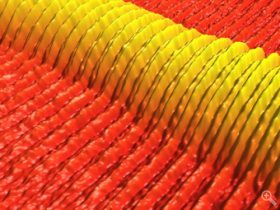
This atomic force microscope image shows directed self-assembly of a printed line of block copolymer on a template prepared by photolithography. The microscope’s software colored and scaled the image. The density of patterns in the template (bounded by the thin lines) is two times that of the self-assembled structures (the ribbons).
- Read more
- 317 reads
Iranian Scientists Produce New DNA Genosensor
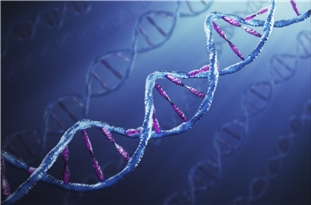
- Read more
- 333 reads
Take a Virtual Tour of Vesta With New High-Resolution Images

If you could drive a car around the giant Asteroid Vesta, you would need a road map akin to the atlas of images released from NASA's Dawn mission. Twenty-nine new maps of the asteroid, one of which is shown here, show its mountains and craters at a scale similar to that of common road maps.
- Read more
- 322 reads
Japan's New Rocket Lifts Off
Japan has launched a new rocket that it hopes will be a less expensive and more efficient way of sending satellites into space.
- Read more
- 293 reads
Molecules pass through nanotubes at size-dependent speeds
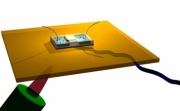
A diagram of one of the group's experimental setups shows a copper plate that can be heated using a torch underneath it, to study the effect of temperature on the process. On top of the plate, an apparatus consisting of two reservoirs separated by a silicon structure that has a single carbon nanotube on top of it. When a power source is connected to the electrodes (the wires extending up from the device), charged molecules (ions) from one of the reservoirs can pass through the tube, and its progress can be monitored using a scanning electron microscope.
- Read more
- 398 reads
New system uses nanodiamonds to deliver chemotherapy drugs directly to brain tumors

These images show the retention of doxorubicin and ND-DOX in brain tissue, with light microscopic images (upper rows) and fluorescence images detecting fluorescence generated from doxorubicin (lower rows). The images show the distribution of unmodified doxorubicin and ND-DOX after convection-enhanced delivery (CED) at 6, 16, 24 and 72 hours.
- Read more
- 314 reads
Team Attempts to Restore Communications

Artist's concept of NASA's Deep Impact spacecraft.
- Read more
- 319 reads
Tiny diamonds to boost treatment of chemoresistant leukemia: Novel discovery by scientists from NUS and UCLA enhances delivery and retention of leukemia drug, paving the way for nanodiamonds to be used for chemotherapeutics
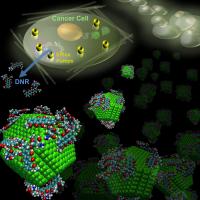
By binding multiple molecules of Daunorubicin with nanodiamonds, scientists from NUS and UCLA managed to boost the delivery of the drug to leukemic cells and retain the drug within the cells to combat the cancer.
- Read more
- 319 reads
Airbrushing Could Facilitate Large-Scale Manufacture of Carbon Nanofibers
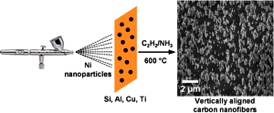
This image illustrates how researchers use an airbrush to grow vertically aligned carbon nanofibers. Click to enlarge.
- Read more
- 311 reads
Human Rights
Fostering a More Humane World: The 28th Eurasian Economic Summi

Conscience, Hope, and Action: Keys to Global Peace and Sustainability

Ringing FOWPAL’s Peace Bell for the World:Nobel Peace Prize Laureates’ Visions and Actions

Protecting the World’s Cultural Diversity for a Sustainable Future

Puppet Show I International Friendship Day 2020


